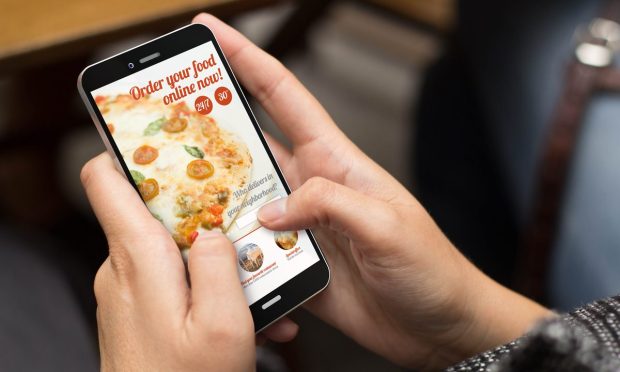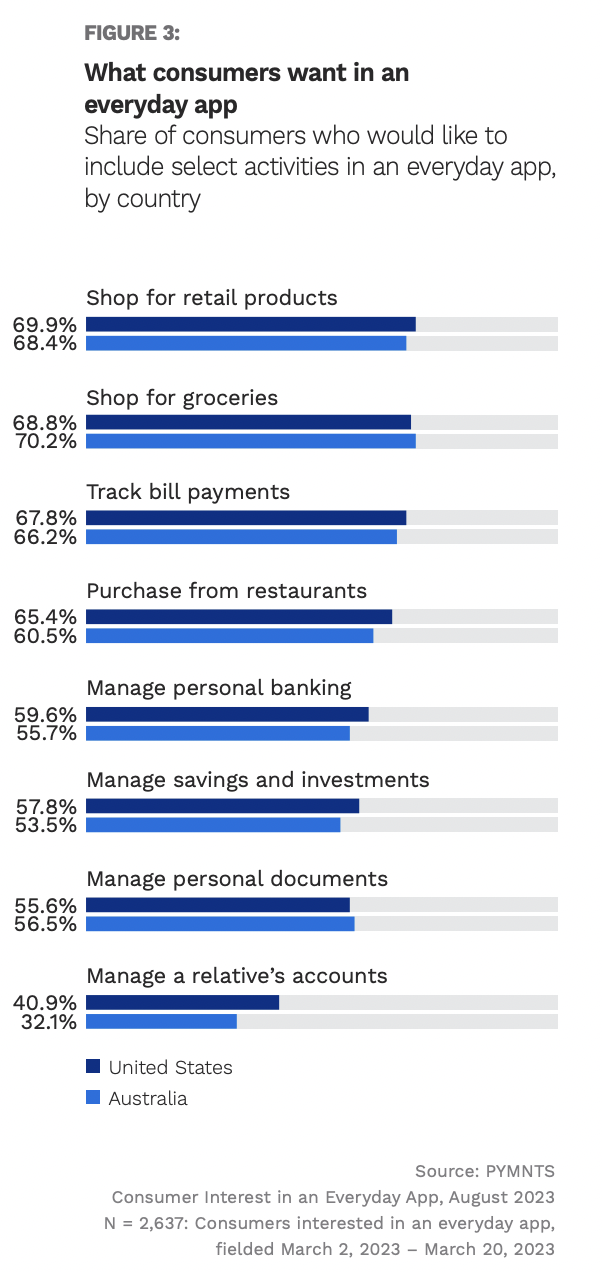Consumers Want to Make Restaurant Purchases From a Unified App

Among consumers who are interested in using a unified everyday app across disparate routines, the lion’s share is interested in being able to make restaurant purchases from such a connected platform, PYMNTS Intelligence reveals.
By the Numbers
PYMNTS’ recent study “Consumer Interest in an Everyday App,” created in collaboration with PayPal, draws from a survey of more than 3,300 consumers in the United States and Australia to understand how they rely on apps for their various day-to-day needs and to gauge their interest in a unified everyday app.

The results reveal that 79% of consumers are interested in using such an app, and of those, 65% of U.S. consumers and 61% of those in Australia would like to be able to purchase from restaurants through this hypothetical app.
The Data in Action
So far, in the U.S., the clearest example of a company attempting to add restaurant offerings to its ecosystem in an effort to provide such a unified digital platform ultimately fell short.
Back in 2015, eCommerce giant Amazon launched Amazon Restaurants, offering Prime members the opportunity to order one-hour delivery from restaurant partners without the fees typically associated with the channel. The service shut down in 2019, with many attributing the program’s failure to the economic challenges of the on-demand delivery model and stiff competition from leading restaurant aggregators.
Now, Amazon is trying to enter the restaurant space in other ways, powering restaurant orders through its Alexa devices and implementing its payment technologies in restaurants.
Conversely, restaurant marketplaces’ efforts to expand into other categories seem to be proving more successful.
Take, for instance, DoorDash, the United States’ leading restaurant aggregator. On an earnings call last month, CEO Tony Xu told analysts that the company has “built a multibillion-dollar grocery business from scratch” over the course of the last two and a half years.

